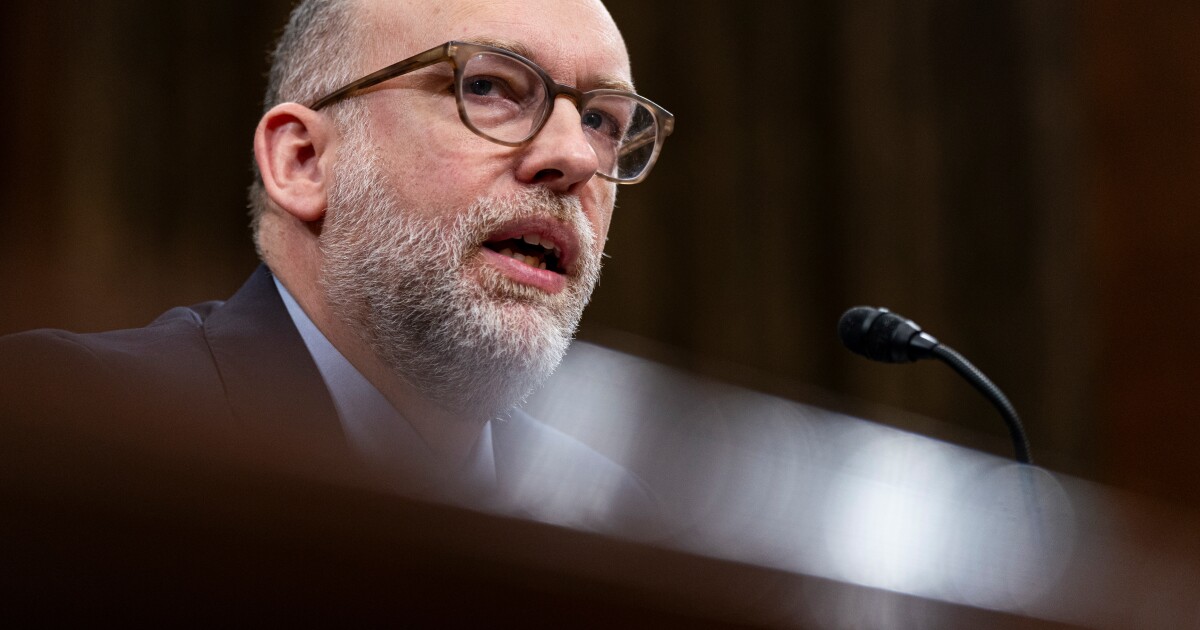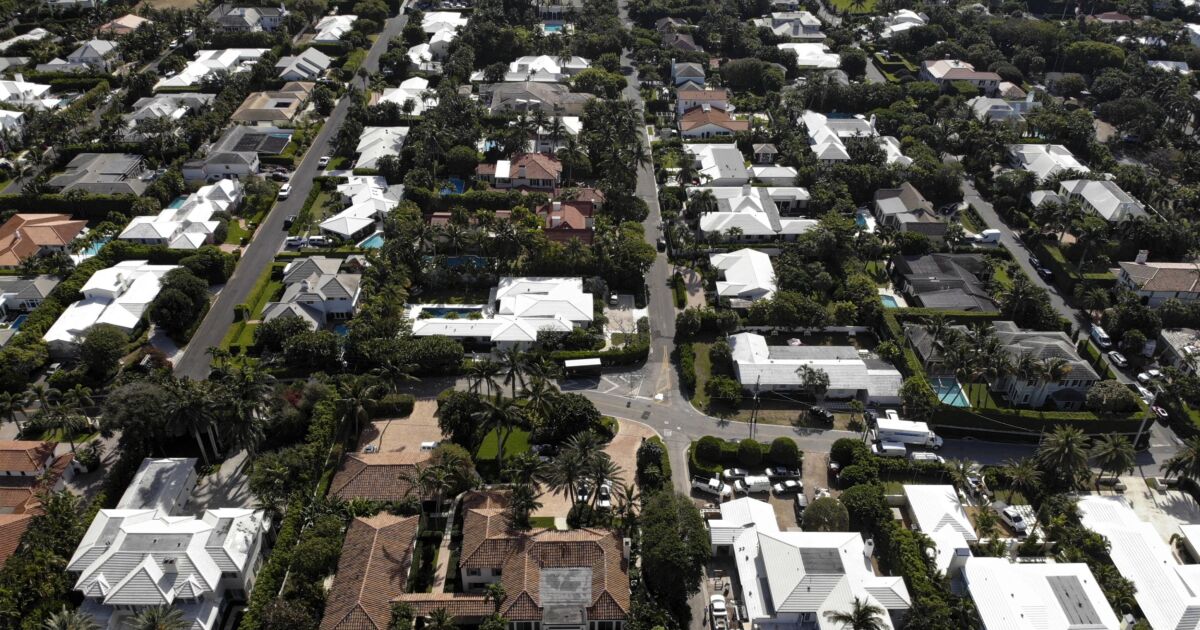
Home sellers' fortunes improved once more as profit margins grew this summer, contrary to buyers, who say that homebuying has now become more stressful than dating.
Median-priced single-family and condominium profit margins increased to 59% in the third quarter, according to Attom's latest U.S. Home Sales Report published Thursday. The previous quarter saw profit margins increase to 56.6%.
The median nationwide home price also increased by 2% to a new high of $350,000, the property data provider's report said.
The gains in profits seen around the nation represent typical patterns for the summer time, though things were exacerbated due to low housing supply, Attom's report said. Low inventory "put upward pressure on prices, which, by extension, helped to push up profits."
Metros in the MidWest and East Coast saw the largest quarterly increases in profit margins, with Scranton, Pennsylvania seeing a 92% increase, up from 72.2% the previous quarter. Gross profits on single-family home and condo sales grew to $129,900, a 5% increase from the second quarter and were up 3.2% annually.
Home price growth was seen in 110 of the 155 metro areas analyzed by Attom. Metro areas with the biggest increases in median home prices were Buffalo, New York (14.7%), Scranton, Pennsylvania (up 11.4%) and Trenton, New Jersey (11.1%).
Cash sales continued to gain momentum, accounting for 36.6% of single-family and condo sales in the third quarter, up from 36.4% the previous quarter. If rates continue their upward trajectory, the level of cash sales will continue to increase, the real estate data intelligence provider's report predicts.
"Things do remain uncertain heading into the market's annual fall slowdown, especially at a time when mortgage rates are rising again, home affordability is getting tougher and the potential for a recession hangs in the air," said Rob Barber, chief executive officer for Attom, in a press release. "But the latest gains fell in line with what we often see during the third quarter and showed that any predictions of an extended market fallback may have been premature."
As of Oct. 19 interest rates lurched upwards to 7.63%, according to Freddie Mac's Primary Mortgage Market Survey. The last time the PMMS was this high was the week of Dec. 1, 2000, at 7.65%.
As affordability has tanked, conventional loan borrowers have opted to stay out of the home-buying process, sending mortgage activity down to levels last seen in 1995, a report by the Mortgage Bankers Association said.



